Buyer Persona
What is a Buyer Persona?
A buyer persona is a fictional character that represents a brand's ideal customer. It is created based on research and data about the target audience and includes demographic information, behavior patterns, motivations, and goals. Buyer personas help businesses understand their customers better and tailor their marketing strategies to meet their needs effectively.
Why is a Buyer Persona Important?
Buyer personas are important because they provide detailed insights into the target audience, allowing businesses to create more personalized and relevant content, products, and services. Understanding your ideal customers' needs, preferences, and pain points helps in developing marketing campaigns that resonate with them, leading to higher engagement and conversion rates.
By using buyer personas, businesses can ensure that their marketing efforts are focused and effective. Personas help in segmenting the audience and delivering targeted messages, which can improve customer satisfaction and loyalty. They also assist in product development by ensuring that new offerings align with the customers' needs and preferences.
Best Practices for Creating and Using Buyer Personas
1. Conduct Thorough Research
Gather data from various sources, such as customer surveys, interviews, analytics, and social media insights. Use this information to understand your audience's demographics, behaviors, and preferences. The more detailed your research, the more accurate and useful your personas will be.
2. Identify Key Characteristics
Define the key characteristics of your ideal customers, including age, gender, location, occupation, income, education, interests, and pain points. Include both quantitative data (e.g., age, income) and qualitative insights (e.g., motivations, challenges).
3. Create Detailed Profiles
Develop detailed profiles for each buyer persona, giving them a name, background, and personality traits. Include information about their goals, challenges, preferred communication channels, and purchasing behavior. A well-rounded persona provides a comprehensive view of your ideal customer.
4. Segment Your Audience
Use your buyer personas to segment your audience into different groups based on shared characteristics. Segmentation allows for more targeted marketing efforts and helps in delivering personalized content that resonates with each group.
5. Tailor Your Marketing Strategies
Use the insights from your buyer personas to tailor your marketing strategies, including content creation, social media campaigns, email marketing, and advertising. Ensure that your messages address the specific needs and preferences of each persona.
6. Keep Personas Updated
Regularly update your buyer personas to reflect changes in your audience's behavior, preferences, and demographics. Use new data and feedback to refine your personas and ensure they remain accurate and relevant.
7. Involve Your Team
Share your buyer personas with your entire team, including marketing, sales, product development, and customer service. Ensure that everyone understands the personas and uses them to guide their interactions and decisions.
8. Use Personas in Product Development
Incorporate buyer personas into your product development process to ensure that new products and features align with your customers' needs. Use personas to identify gaps in your offerings and opportunities for innovation.
9. Measure and Optimize
Track the performance of your marketing campaigns and analyze how well they resonate with your buyer personas. Use metrics such as engagement, conversion rates, and customer feedback to assess effectiveness and make necessary adjustments.
By following these best practices, you can create accurate and actionable buyer personas that help you understand your audience better, enhance your marketing efforts, and achieve your business goals.
For more terms, return to the content marketing glossary and freelance writing glossary.

